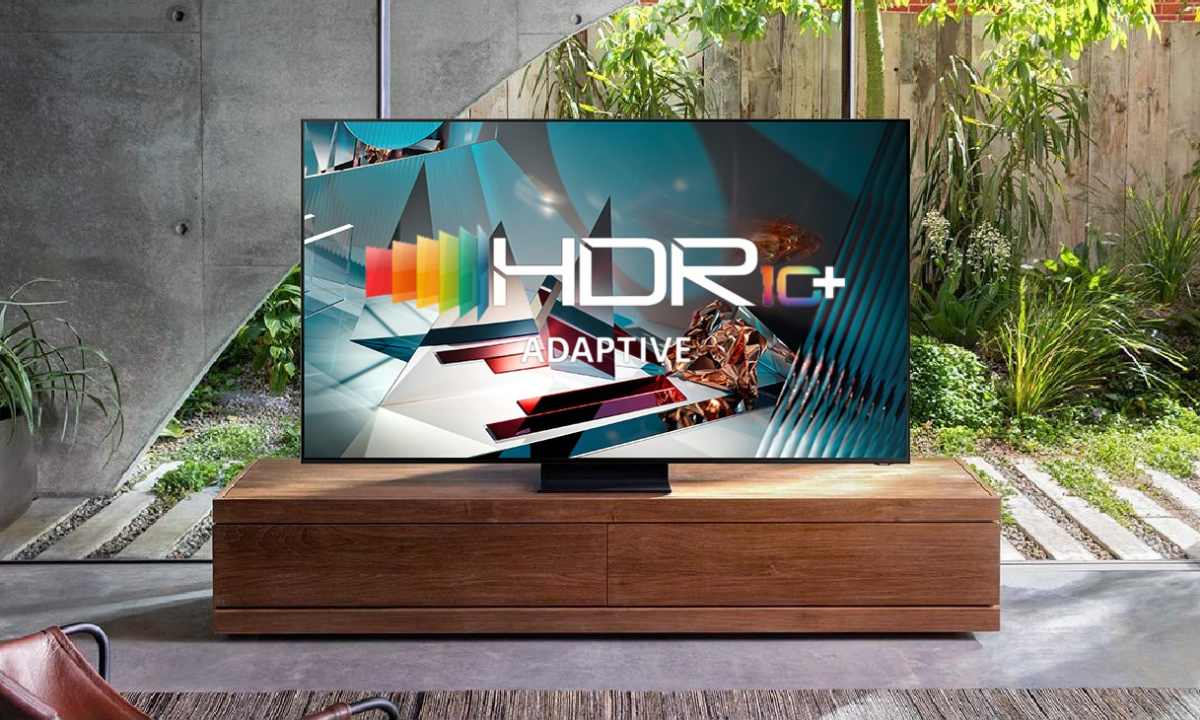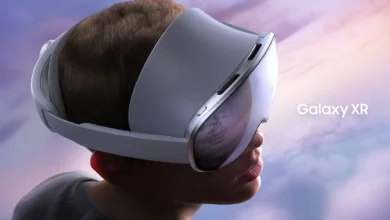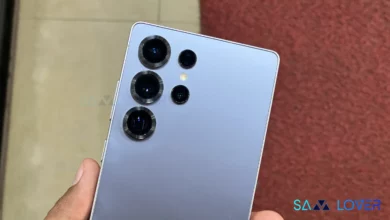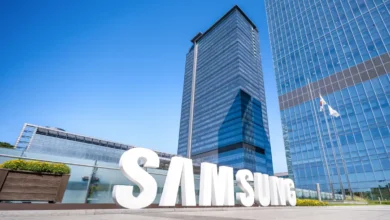Samsung’s HDR10+ Formate May Extend With Branding Support From Google

Observing the information from Protocol, Google is taking a step to select HDR10+ video format for its television sets. There is no doubt about this particular resolution as it comes under top video formats. This company is forming a strategy to set up a fresh brand called Caviar, which will be comprised of powerful 3D sound and HDR10+.
Using Samsung’s video outlay by Google, endue good results in terms of spreading this feature and making it popular because right now the most famed format is Dolby Vision which provides the most pleasing video virtue to the users and if we compare it to others as HDR10+ then undoubtedly this tech has gained more fame and laying on top.
Sharing the same display HDR10+ quality by Google will be counted as a pro’s point for other screen-producing industries as spreading free optional video format. The company’s statement will be evident on Chrome OS, Android, Android Auto, Wear OS, Android TV/Google TV, and Tizen.
Those firms paying charges for applying Dolby Vision & Dolby Digital as licensing will get relief since Google will share the video format without any charges for licensing or any other formalities.
Now Google is dealing with hardware-making firms and service providers for new formats, and the reason is forming a brand of HDR and 3D dynamic audio. Participants of this new brand will be
- AMAZON
- AMD
- ARM
- APPLE
- INTEL
- LG
- META
- MICROSOFT
- MOZILLA
- NETFLIX
- OPPO
- ROKU
- SAMSUNG
- VIVO
- SNAP
This new HDR and 3D immersive audio branding will be governed by Alliance for Open Media.



